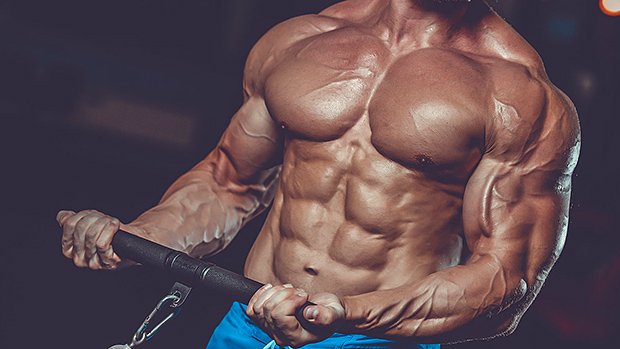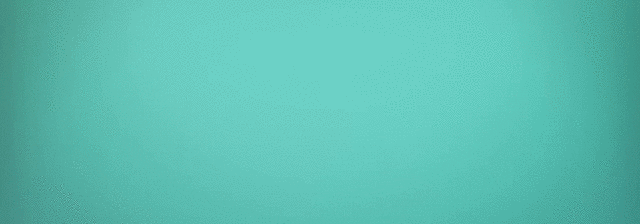All About Muscles - Part 3: Muscle Growth
G'day team,
Continuing on from the last two installments of this series, we'll now start looking at just how muscle grows! We'll have a look at some old theories that have been debunked, and our understanding as it currently is.
If you missed the first two installments, here they are:

Introduction
Every scientific and science based field has its zany (read: less scientific) counterpart. Chemists and alchemists, doctors and homeopaths, botanists and herbalists, physicists and hippies, and of course environmentalists and politicians. But in the course of trying to understand how muscles grow, it’s the field of bodybuilding which has led popular understanding of muscle growth down some fairly odd paths. With a wildly different approach to the topic, popular bodybuilders have long used their notoriety and professional reputations to push forward some rather scientific-sounding, but baseless, theories of muscular growth. It’s only been in recent years, and with the eventual shift away from these dead-end theories, that most people have started to make a real headway into understanding the more intricate details of muscle growth.
What Doesn't Kill Me, Makes Me Stronger
This is a line that almost perfectly applies to the simple mechanism that acts as a trigger for muscle growth. It has been well understood for a long time is that muscle grows in response to damage. When we exercise the strain in our muscle will produce tears in our muscle tissue and at a molecular level, this equates to broken myofibrils. In response to this damage, our body initiates an inflammatory response, much like it would in response to an infection, and our muscles begin to repair with the assistance of our immune system.
What less people know, is that it's not only muscle tears that will trigger this response. Ischaemic stress from working a muscle for a long time also produces chemical mediators that are capable of triggering the immune response responsible for setting in motion the events that will make us swole...
It's how this repair happens, that has caused so much debate over the years...
Myofibrillar vs Sarcoplasmic Hypertrophy
This theory of muscle growth stems almost entirely from a few books by prominent Russian bodybuilders published in the late 1990s. In a typical red-flag for any science-minded critic, the books introduce their theories of muscle growth and then constantly cross-reference each other as their only credible resource.
The theory itself was thought up to explain a rather interesting difference between bodybuilders and professional weightlifters. What was noticed was that despite their much larger size and muscle mass, professional bodybuilders were not lifting even close to the same amount of weight as their weightlifting counterparts. In order to explain this discrepancy, the bodybuilders put forward the following theory.
The training that bodybuilders undertake is predominantly a higher-repetition lower weight excersize than what weightlifters do. They put fowrad that this sort of excersize produces a type of muscle growth called sarcoplasmic hypertrophy, which is simply an increase in size of a muscle cell. Weightlifters, however, they claimed, underwent myofibrillar hypertrophy and as such built more contractile units capable of increasing the strength but not so much the size of their muscles.
Naturally, it all fell apart when scientists pointed out we already understand how muscles are utilized by nerves, and that the differences above can easily be explained by training muscle recruitment. Additionally all the assumed differences in how bodybuilders and weightlifters trained turned out to be a little off. Weightlifters often do use high repetition lower weight exercises to isolate particular muscles as well.
...and the answer to “why are weightlifters stronger than larger bodybuilders”.
- Movement specific training
- Muscle recruitment
- Strengthening of tendons, bones and entheses (where ligaments and tendons join bone)
- Technique
Real Muscle Growth
So if the theories above are incorrect, then what really happens during muscle repair and growth? Well after we've done our awesome workout and while we rest, over the next 3 to 5 days, our broken myofibrils are replaced and just for good measure our body adds more too!
This is done by satellite cells, which are activated as part of the immune response to that initial muscle damage. Satellite cells will begin to multiply in our muscle tissue, and daughter cells will move to our myocytes and fuse with them, contributing their nuclei to the muscle cells. More nuclei means more raw code for our protein factories and this increases the ability of our muscles to build more actin and myosin to make those all-important myofibrils. So in some ways, all muscle growth is myofibrillar in nature.
It's important to note that in humans muscle growth is via hypertrophy, not hyerplasia. This essentially means we increase the size of our cells (hypertrophy), not the number of cells (hyperplasia). Hypertrophy is also the mechanism by which we grow fat and by which our heart expands, while hyperplasia is seen in things like prostate cancer and other malignancies.
It's all in the Genes
As usual, our ability to grow muscle depends largely on our genome. This time, however, it lies not in our propensity to grow lots of muscle cells, but in the sensitivity of our sattelite cells to activating after a workout.... we'lll cover more of the genetics and epigenetics of muscle growth next time!
Thanks
As usual thanks for reading team, I hope everyone learned something useful &/ or fun!
Thanks
-tfc
Resources
UNM
Indystar
PTDirect
BuiltLean
steemstem

Hello @tfcoates nice series on all about muscles! Since I love genetics and you do mention "it's all in the genes" I thought you would be interested in an evolutionary conserved muscle regulator (an inhibitor of muscle) called myostatin. Mice, dogs, bulls and humans that carry mutations in the myosatin gene develop incredible muscle mass apparently without exercise.
Here is link to a paper on the myostatin gene.
And some incredible pictures from the Wikipedia:
In the New England Journal of Medicine
Nice! Yeah I knew of the old Belgian Blue bulls, they were the next big thing for a while, till they weren't lol.
I'll write more about this next time, but thanks for giving me some cool resources :P
"Hypertrophy and Hyperplasia"! Learnt something new. CHEERS!
Plus, sorry for being a geek or spelling master or something but you've mistyped Hyperplasia as hyeprplasia, in the last paragraph. :)
Thanks for picking that up! My grammerly does that sometimes :( I'll change it!
I used to be overweight, and now I'm not. It's hard to believe, but it's true. I was once a fat slob. But now I'm an underwear model. It happened almost accidentally. Because most advice on the internet is wrong, when I first started exercising, I did everything wrong. So it took me years of trial and error and wasted effort to figure out how to get in shape. Fortunately, you don't have to make the same mistakes yourself! You can do what I say instead. Get the best ostarine in our country , and you will be in shape in full two months.
Hi @tfcoates. Regards for me. Hope we will bi friends 😃
whether it is due to the influence of genes @tfcoates?
Mates I enjoy this post alot.Knowing about the difference between muscle builders and weight lifters is surprising to me.I didn't know that they are completely different. 👍 @tfcoate
Hey man, I think you may have got a little confused :P There was once a theory that these were two different muscle types, but new evidence suggests that they're not :)
Okay.We are still open to learning.Thanks for that.